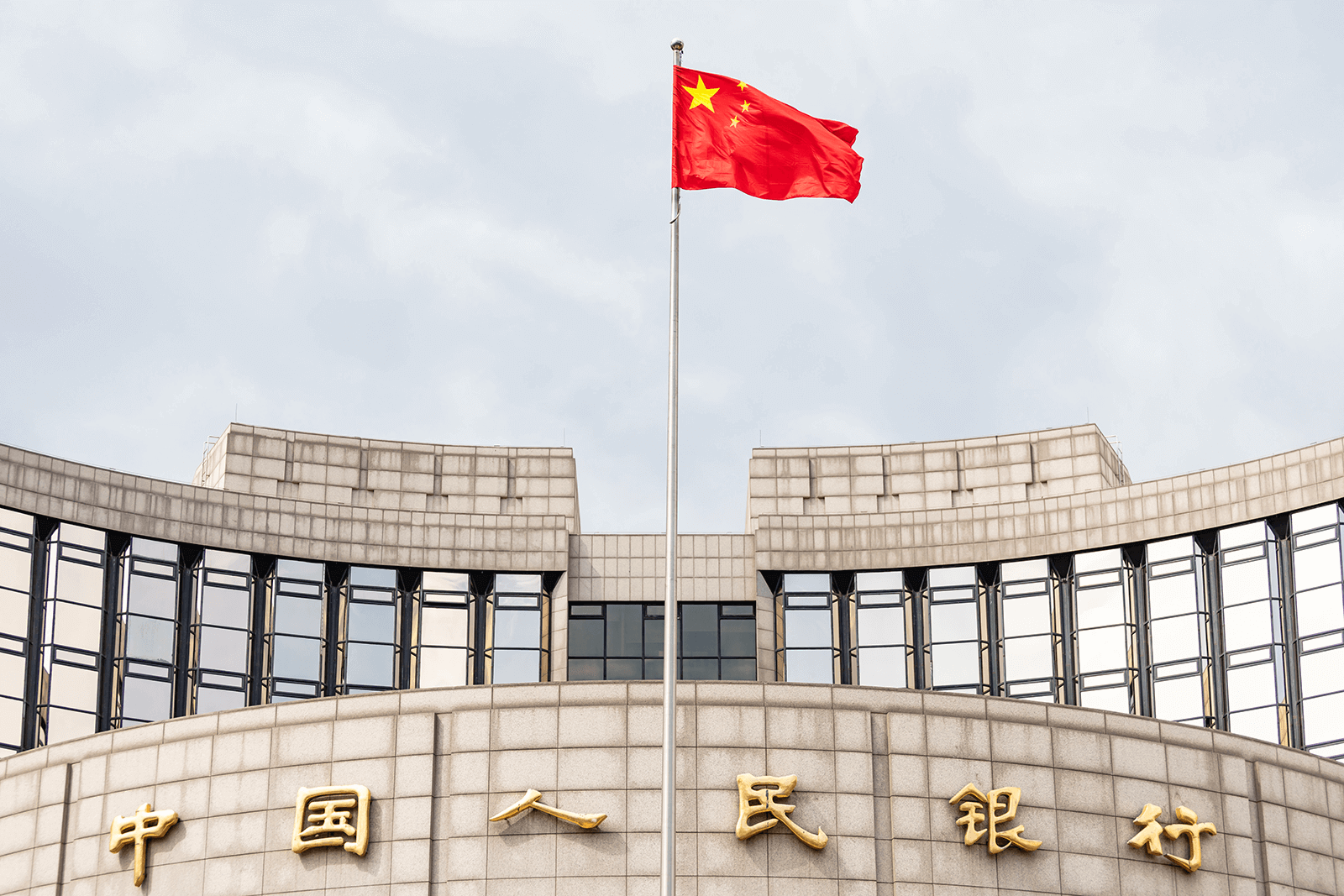Financial markets have certainly started 2023 on a strong note, never mind the ongoing central bank tightening and generally weaker outlook for corporate earnings. This newfound investor optimism appears to be rooted in decelerating inflation (to the point, is the hope, of enabling rate cuts later this year), resilient Western economies and China’s reopening. Technical factors, notably early year inflows into pension funds and “short covering” transactions, likely also played their part in the impressive January rally. Is the uptrend sustainable though?
On the inflation front, it is true that the most recent reports point to a slowdown in price increases on both sides of the Atlantic – a cause for investor celebration. But it should be remembered that a lower inflation rate does not equate to price declines, they are just rising less rapidly. Indeed, from an ordinary household perspective, the step up in the prices of many basic consumer goods that has occurred over the past two years (by ca. 15% on average) will not be reversed, even if the inflation rate were to fall back all the way down to zero. Also, with wage growth over the same period having generally not kept up pace with price inflation, we can expect further demands for wage increases (particularly so if governments were to phase out/remove their various household subsidies for budgetary reasons). If employers do have to fork out higher wages and then pass on (part or all) of these higher costs to consumers, we risk entering the dreaded wage-price spiral. Which is precisely what central banks want to prevent, their mission being to ensure price stability, and the reason why they remain so insistent in their “higher for longer interest rates” rhetoric.
At the same time, these monetary authorities do not want to kill the economy with excessively high interest rates. In their comments, they thus also insist that they are keeping a close watch on macro data and striving to deliver a soft landing of the economy. Whether such an outcome can actually be achieved is very questionable in our view, but the market right now very much wants to believe so.
And all this is even before factoring in the conflict over Ukraine. On that subject, we have to stress how remote the odds of a positive outcome currently seem. According to British intelligence reports, the situation is getting worse by the day, with Russia building up its troops to the east and north of Ukraine and the US/EU providing ever more powerful weapons to the Ukrainian army. As of today, the Russian and Ukrainian mindsets as to what has occurred in – and should happen to – the Donbass region appear irreconcilable. Russia feels that, following the 2014 invasion of Crimea, the Ukrainian government took an excessively harsh stance on the people of Russian origin living in the Donbass, notably by imposing Ukrainian as their official language and generally not respecting the autonomy process agreed to during the 2014-2015 Minsk talks. Having liberally handed out Russian passports in the region during the past few years, it now considers that it is merely defending its own people. The Ukrainian – and Western country more generally – take on the conflict is obviously diametrically opposed: Russia simply had no right to march through the borders of Ukraine twelve months ago. Unfortunately, none of this augurs well.
Moving back to the financial markets, the current situation can thus be summarised as follows: investors are believing central banks when they claim (hope?) that inflation can be eradicated without inflicting severe damage to the economy, and ignoring the risk of a wage/price spiral in what remain very tight labour markets, particularly in the US, as well as the worsening situation on the Ukrainian front.
Companies, understandably, are taking advantage of investor optimism to raise funds, with the month of January having seen record bond issuance on the European market. A slew of new or renewed corporate debt that is only adding to already sky-high public debt… One day, this will need to be repaid, or at least reduced.
As such, while we recognise that the market rally may continue for some time, we think it better not to jump aboard the train. A reality check lies ahead at some point, meaning that a cautious and selective approach to portfolio allocation, including protections against downside risk, remains our preferred stance.









